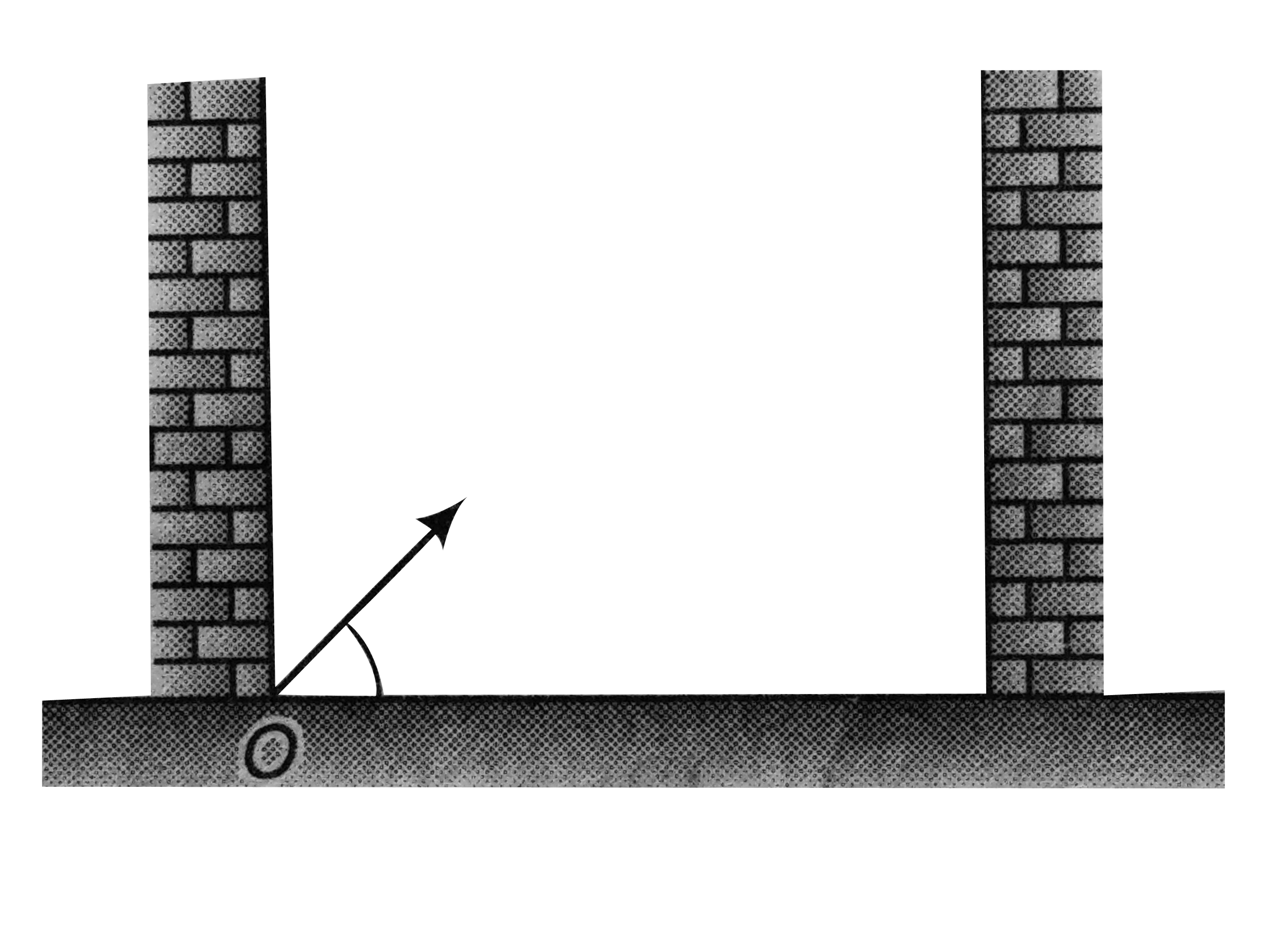A
B
C
D
Text Solution
Verified by Experts
The correct Answer is:
Topper's Solved these Questions
Similar Questions
Explore conceptually related problems
Knowledge Check
NARAYNA-COLLISION-Comprehension type
- A small ball is projected at an angle alpha between two vertical walls...
Text Solution
|
- A small ball is projected at an angle alpha between two vertical walls...
Text Solution
|
- Suppose a ball is projected with speed u at an angle alpha with horiz...
Text Solution
|
- Two pendulum bobs of mass m and 2m collide elastically at the lowest p...
Text Solution
|
- Two pendulum bobs of masses m and 2m collide head on elastically at th...
Text Solution
|
- Two pendulum bobs of masses m and 2m collide head on elastically at th...
Text Solution
|
- A light in extensible thread passes over a small frictionless pully. T...
Text Solution
|
- A light in extensible thread passes over a small frictionless pully. T...
Text Solution
|
- A light in extensible thread passes over a small frictionless pully. T...
Text Solution
|
- Wedges B and C are smooth and they are placed in contact as shown. Blo...
Text Solution
|
- Wedges B and C are smooth and they are placed in contact as shown. Blo...
Text Solution
|
- A uniform bar of length 12 L and mass 48 m is supported horizontally o...
Text Solution
|
- A uniform bar of length 12 L and mass 48 m is supported horizontally o...
Text Solution
|
- A uniform bar of length 12 L and mass 48 m is supported horizontally o...
Text Solution
|
- A projectile of mass 50 kg is shot vertically upwards with n initial v...
Text Solution
|
- A projectile of mass 50 kg is shot vertically upwards with n initial v...
Text Solution
|
- A projectile of mass 50 kg is shot vertically upwards with n initial v...
Text Solution
|
- A small particle of mass m//10 is moving horizontally at a height of 3...
Text Solution
|
- A small particle of mass m//10 is moving horizontally at a height of 3...
Text Solution
|
- Two smooth balls A and B, each of mass m and radius R, have their cent...
Text Solution
|
